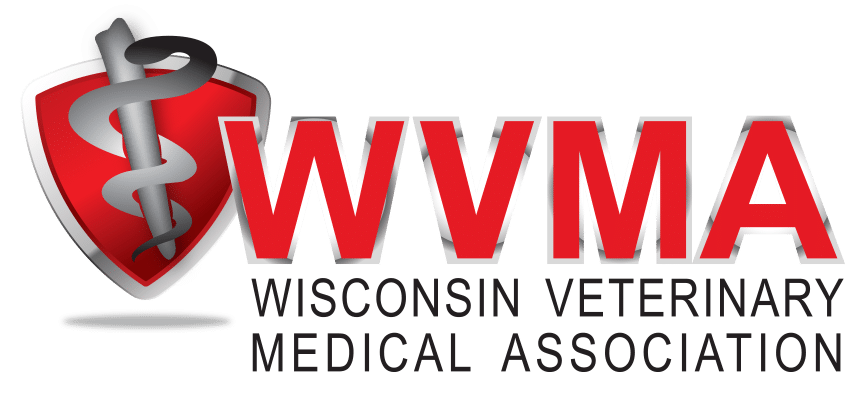By Sabrina Freter, CVT, Veterinary Technician Program Director, Madison College

I started my career in a progressive equine referral hospital soon after graduating from Madison College. The board-certified surgeons within the practice effectively utilized each team member and delegated work to each employee based on their skill set. Certified veterinary technicians (CVTs) performed all duties that were within their scope of practice, assisted by veterinary assistants. This allowed the veterinarians to focus on those tasks that must be carried out by a licensed veterinarian, while trusting their CVTs to do things for which they were educated and trained. While this workplace setup was ideal, many practices do not utilize or delegate to their technicians to the extent they are able, leaving veterinarians feeling overworked and technicians feeling underutilized.
Veterinary technicians are often compared to human nurses. Some veterinary technician education programs have even changed their name to veterinary nursing. Nurses in human medicine are involved in every aspect of healthcare practices. Physicians regularly delegate work to them for more efficient healthcare. Credentialed technicians can and want to perform at this same level. Using trained, credentialed technicians to their full ability can improve the success of veterinary practices and alleviate the load that veterinarians carry.
There is legal limitation as to what a credentialed veterinary technician can do. They are not allowed to perform surgery, provide a diagnosis, prescribe medication, or determine a prognosis for patients. When properly trained, however, credentialed technicians in Wisconsin can perform many aspects of patient care through veterinary delegation, including:
- placing catheters
- administering injections
- collecting diagnostic samples
- administering and monitoring anesthesia
- assisting in surgical procedures including suturing
- performing physical examinations
- performing diagnostic lab work
- triaging patients
- applying bandages
- providing diagnostic images
- performing dental prophylaxis with simple extractions
- providing specialized patient care like physical therapy
- performing reproductive work, including embryo transfer in livestock
Allowing CVT’s to perform more advanced duties within their legal scope of practice creates greater satisfaction.
Consistent with this, veterinary practices should make a clear distinction between credentialed technicians and uncredentialed assistants. Titling conventions and job descriptions should be consistent and provide job description differences between assistants and credentialed technicians for clear job duties. In human healthcare, titles and job descriptions of such professionals as licensed practical nurses (LPNs), medical assistants (MAs), registered nurses (RNs) and others have created a clear understanding of who provides what level of care. If veterinary medicine followed this strategy as well, it would improve delegation, career security, job satisfaction, clinic flow and patient care.
According to the National Association of Veterinary Technicians in America, job satisfaction among veterinary technicians appears to be tied strongly to the application of skills and knowledge that technicians acquire through their education.
– avma.org
Since COVID-19, the veterinary field has changed. Patient numbers have grown significantly. There is a growing need for more credentialed technicians and qualified assistants. Appropriate delegation of work to each patient care team member can greatly improve the field and alleviate veterinarian workload.
